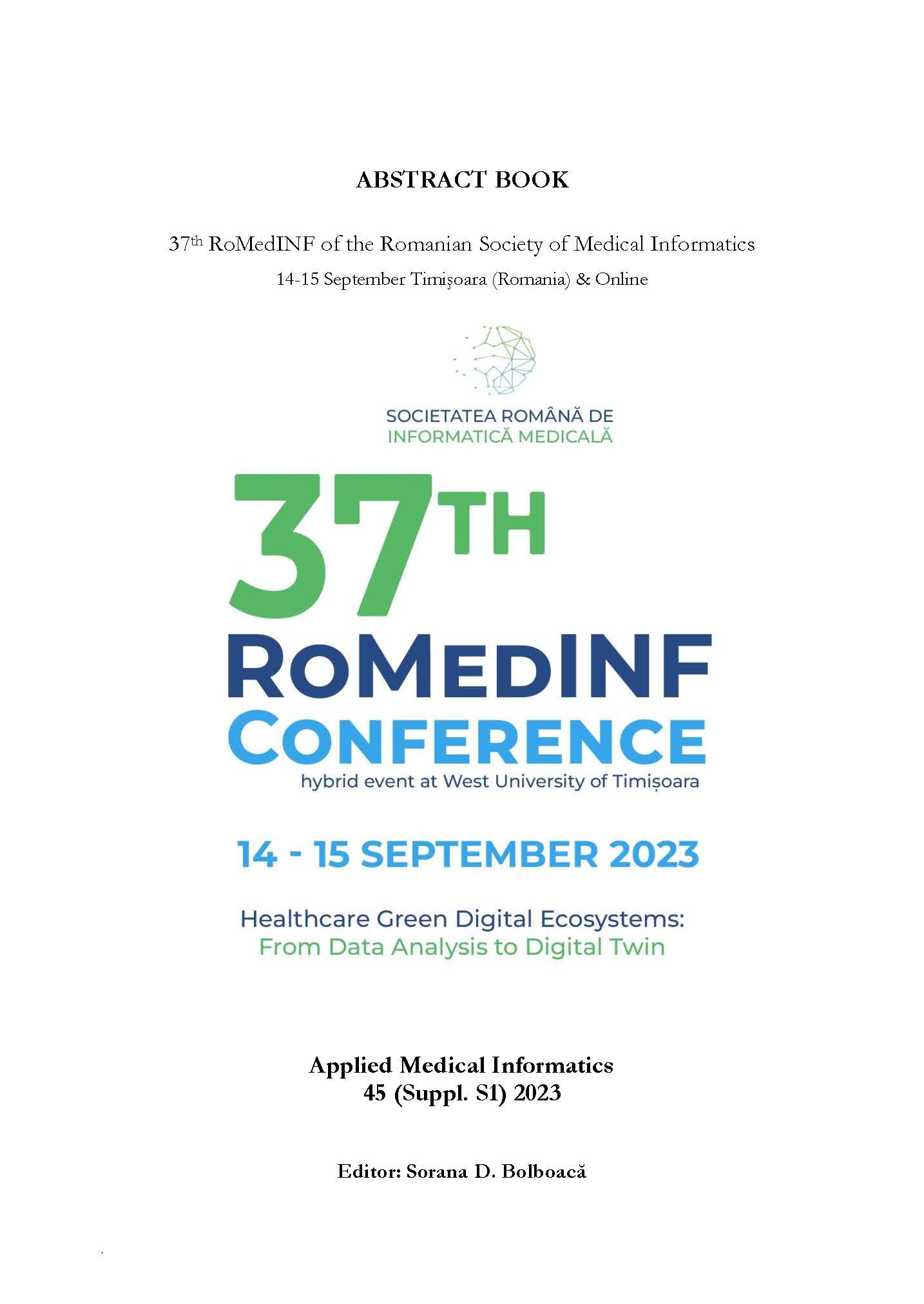Development of Multifunctional Biomaterials by Combining Electrochemistry, Microbiology, and Neural Tissue Engineering
Keywords:
Antibacterial activity, Biomaterials, Conducting polymers, Electrochemistry, Neural cellsAbstract
The development of electroactive organic materials has been an unquestionable breakthrough for organic electronics, allowing for the design of polymer-based electrochromic and optoelectronic devices. Electroactive materials have been also considered as promising in the wide-field biomedical engineering, particularly considering their similarity with a living tissue in terms of elemental composition, surface morphology and mechanical properties. Electroactive materials are especially relevant in neural tissue engineering since the functionality of neural tissue is based on the transfer of electrical signals. Unfortunately, electroactive organic materials are also prone to bacterial colonization, which becomes as a considerable threat to patient’s health. In our group, we have been working on the development of biocompatible, antibacterial and conducting implant coatings based on conducting polymers [1] and diazonium-derived electroactive monolayers [2]. With the use of electrochemical techniques, we have fabricated a library of electroactive materials with various physicochemical characteristics, differing in the way how they interact with a living matter. Antimicrobial effects have been verified against model microorganisms: E. coli, S. aureus, and C. albicans, while the biocompatibility has been confirmed towards human neuroblastoma SH-SY5Y cells. Unique combination of biological activity of developed materials with their electroactivity allows for further enhancement of their modus operandi, through the possibility of applying electrical stimulation to facilitate treatment. In this way, the results of our work are a major step towards the development of advanced bio-optoelectronic-based therapies.
Downloads
Published
How to Cite
Issue
Section
License
Copyright (c) 2023 Małgorzata SKORUPA, Taral PATEL, A ABDULLAH, Sara SHAKIBANIA, Vikas SHUKLA, Ihtisham UL HAQ, Katarzyna KRUKIEWICZ

All papers published in Applied Medical Informatics are licensed under a Creative Commons Attribution (CC BY 4.0) International License.

